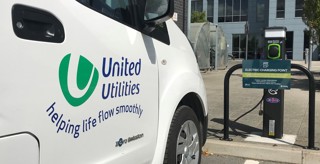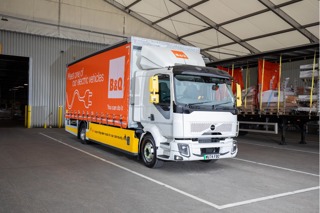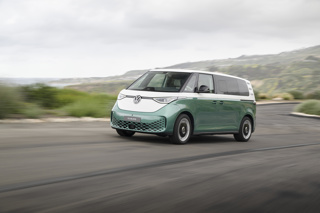By Steve Botfield senior editor of commercial vehicles and motorcycles at Cap HPI
LCV registrations in the past eight years have consistently seen over 99% of all new vehicles on our roads powered by a diesel engine.
What is left is made up of electric, petrol, petrol plug-in hybrids and gas powered vehicles. So, it prompts the question - ‘why are we so reliant on the diesel engine?’
There are a number of factors in play that not only shape today’s LCV sector but will also shape the journey to new technologies.
A major limiting factor is the availability and choice of alternative powered vehicles to suit the operators need and which predominantly have centred in the small van sector but all of which offer limited volume and weight capabilities.
However, of late some larger vans have been or are about to be launched in the UK powered by an alternative to diesel, such as petrol, electric or a mixture of both.
Vans powered by petrol have over the past two years taken the mantle away from the rush to move into the fully electric option with more petrol powered vans being registered in the first seven months of 2018 compared to the previous year, and this in a declining market.
However, again petrol engine vehicles are limited to the smaller to medium van market due to performance and the total cost of ownership.
Fully electric vehicles although entirely green at the point of use still suffer from perceptions of range anxiety and cost of ownership.
Moreover, unless businesses are prepared to sweat the asset for longer, due to the increased payback period when compared to a diesel or petrol vehicle, they will not be an option for the mass market.
When the vehicles do get offered in the used market, which has been for many years very unadventurous where electric vehicles are concerned, due to the cost, range, infrastructure, performance and the choice available will limit the audience that is prepared to dip their toe into this alternative power source.
So where do we go from here? Some manufacturers are still pursuing the fully electric option with models up to 3.5t gvw already in the pipeline, if not already launched in the UK, but as previously mentioned these vehicles still have their limitations of use, nevertheless they do have their part to play in the bigger picture.
Other manufacturers are taking a different route, with petrol hybrid models which are reportedly able to do between 30 and 80 miles solely on electric power, after which the petrol engine takes over to generate power back into the battery.
Finally, if we look further into the future, we have fuel cell powered by hydrogen where capacities will reach the 3.5t gvw and beyond, but with very limited infrastructure presently this will be one to watch for the future.
In summary, if in the commercial vehicle world we are planning to meet the government's targets as outlined in the recently published “The Road to Zero”, the 99% market in diesel engine vehicles needs to be replaced with vehicles that are fit for purpose.
The purchase price must be comparable to that of internal combustion engines and incentives for operators to make that change.




















Login to comment
Comments
No comments have been made yet.